Femundløpet
February 3rd, 2022
“The world’s largest sled dog race” had as many as 200 dog teams setting out across the start line — more participants than in any other race on earth.
Femundløpet Highlights 2022
Femundløpet Highlight | DAY 1 | QRILLPAWS 2022
Femundløpet Highlight | DAY 3 | QRILLPAWS 2022
Femundløpet Highlight | DAY 2 | QRILLPAWS 2022
Femundløpet Highlight | DAY 4 | QRILLPAWS 2022
Highlights | Femundløpet 2022
“The world’s largest sled dog race” had as many as 200 dog teams setting out across the start line—more participants than in any other race on earth. Starting and ending in the colorful streets of Røros – a UNESCO World Heritage Site – dog teams make their way in a circle through the surrounding area of mountains, over snow blown mountain passes and across long frozen lakes.
Team Birgitte Naess at Femundløpet
The idea for the race started around a bonfire on the shore of one of these lakes, Femunden Lake in 1989 and in 2020 it celebrated its 30th anniversary. The race kicks off in a most memorable opening ceremony with the dog mushers racing, race volunteers and the spectators all gathering in the Church of the Røros on the eve of the Thursday prior to race start.
An old copper-mining town Røros is located on a gently sloping plateau about 630 metres (2,070 feet) above sea level, not far below the tree line above which no trees grow. Dog teams make their way weaving up over and down under the tree line throughout the race; Temperatures ranging from –40˚ to right around freezing and winds constantly lurking.
The race demands from its mushers to carry the most mandatory equipment of any long-distance sled dog race. The weather in the mountains around Røros is known to be erratic and change unexpectedly with moments notice—which has caused the race to be shut down for pro-longed periods of time with all dog team sitting still waiting for better conditions. As such the musher must carry supplies to support the dogs and themselves for a minimum of 24 hours out on the trail, and not only carry a sleeping bag, but also windbags, as well as even maps and compass besides a GPS.
Norwegian musher Nina Skramstad thanking one of her super dogs at the finish line in Femundløpet
There are up to 12 dogs on a team in Femundløpet that the musher must care for during the race. No assistance is allowed in dog care, however, the musher can receive supplies, as well as moral support and encouragement from his or hers support team of ‘handlers.’ While mushers are resting, handlers watch over the dogs and are allowed to communicate with their musher about the dogs. Mushers can start with minimum 9 dogs, and cross the finish line with a team of 6 dogs—allowing them to return 3-6 dogs home during the race, depending on how many dogs the team started with.
Over the course of the race, the teams take shelter for rest and resupplies in seven checkpoints—and this is where mushers on conversation with a staff of veterinarians and their handlers can decide its time to return a dog to the handler team. Along the route, all teams must stop for a total mandatory rest-time of 12 hours in checkpoint. The first mandatory rest of 6 hours +time alignment* is to be taking at one of the first 4 checkpoint, and the last chunk of 6 hour-mandatory rest is to be taken at the last checkpoint before the finish line.
640 Km | 400 Miles
Distances & Checkpoints
Røros – 63 km / 39 miles – Tufsingdalen
Tufsingdalen – 64 km / 40 miles – Drevsjø
Drevsjø – 95 km / 59 miles – Trysil
Trysil – 95 km / 59 miles – Drevsjø
Drevsjø 2 – 75 km / 46 miles – Søvollen
Søvollen – 112 km / 70 miles – Orkelbogen
Orkelbogen – 71 km / 44 miles – Tolga
Tolga – 65 km / 40 miles – Røros
Fastest winning time: Petter Karlsson (Sweden) 2 Days 18 Hours 3 Minutes
Defending 2020 Champion: Robert Sørlie (Norway)





